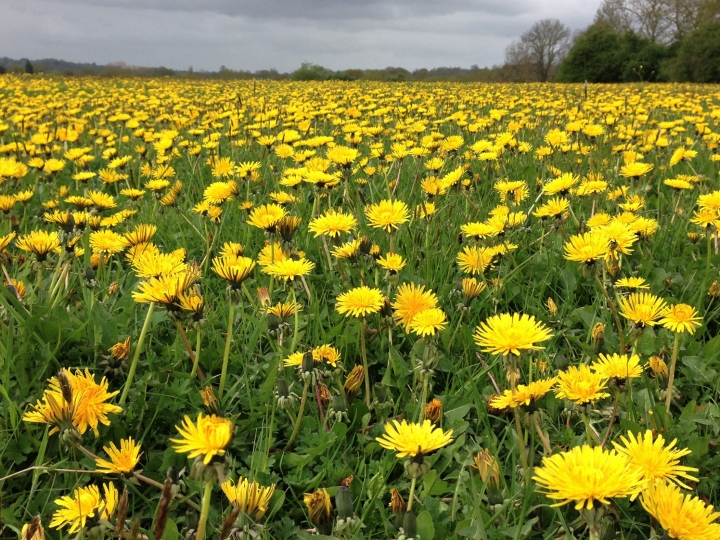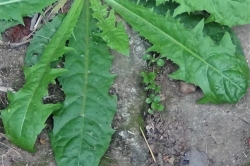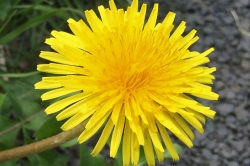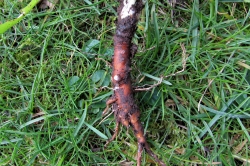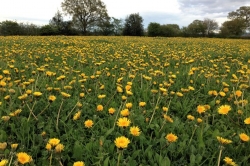Your basket is currently empty!
Home / Hedgerow Guide /
Dandelion
Dandelion
Can be found almost anywhere and at any time of year. There are up to two hundred and thirty five micro species of dandelion all lumped under the Taraxacum officinale name.
| Hedgerow Type | |
| Common Names | Dent-de lion, Pissabed, Piss-en-lit |
| Scientific Name | Taraxacum officinale |
| Season Start | Jan |
| Season End | Dec |
Flowers
Quite large yellow flowers made up of many fine, long, thin petals turning into the well known sphere of seed parachutes.
Flower Stem
Long, thin and hollow stem for the flower, the leaves have no stem and grow from the base of the plant.
Seeds
Everybody knows the Dandelion clock of seeds. These can travel long distances to spread to almost anywhere.
Habitat
Pasture, fields, hedgerows, gardens, roadside, woods and waste ground, pretty much everywhere.
Possible Confusion
Cats Ear, Hawkbit or Goats Beard but they are all edible.
Taste
The leaves cooked like spinach are very bitter but the taste grows on you the more you eat.
Frequency
Very common.
Collecting
Only the younger leaves should be consumed. The root can be dug up and roasted in a fire.
Medicinal Uses
Dandelion is a diuretic, increasing urine production, so is good as detox for the blood and helps improve kidney and liver function. It can be used as a tea, the roots, leaves and flowers. The white sap in the stem and leaves has been used traditionally for curing warts.
Other Facts
Eaten by man in times of famine the roots contain starch. The leaves are diuretic hence the name Pissabed. The dandelion has many food uses such as salad, a green vegetable, a flavouring for soft and alcoholic drinks, a substitute for coffee and a calorific staple.



 (17 votes, average: 3.59 out of 5)
(17 votes, average: 3.59 out of 5)